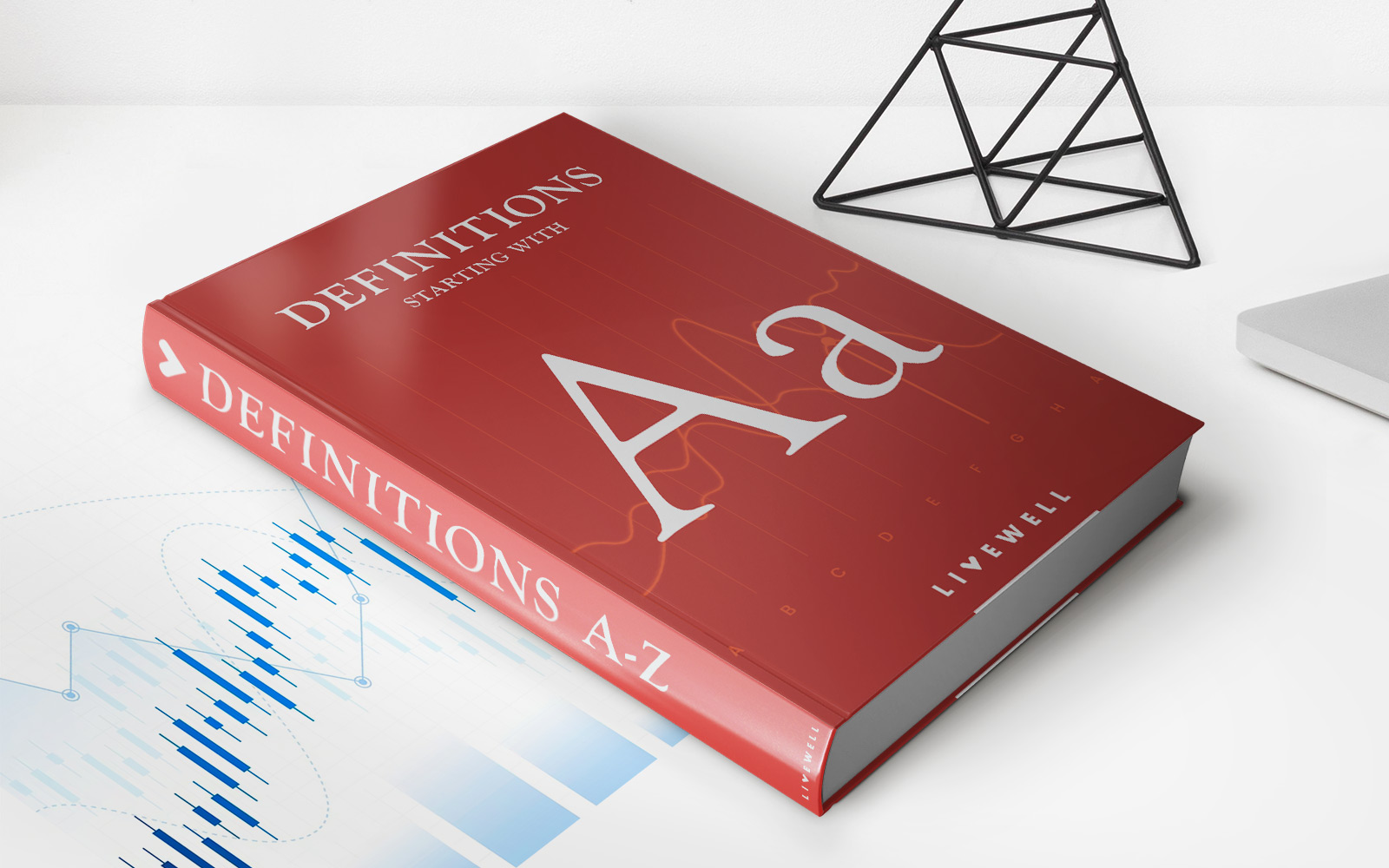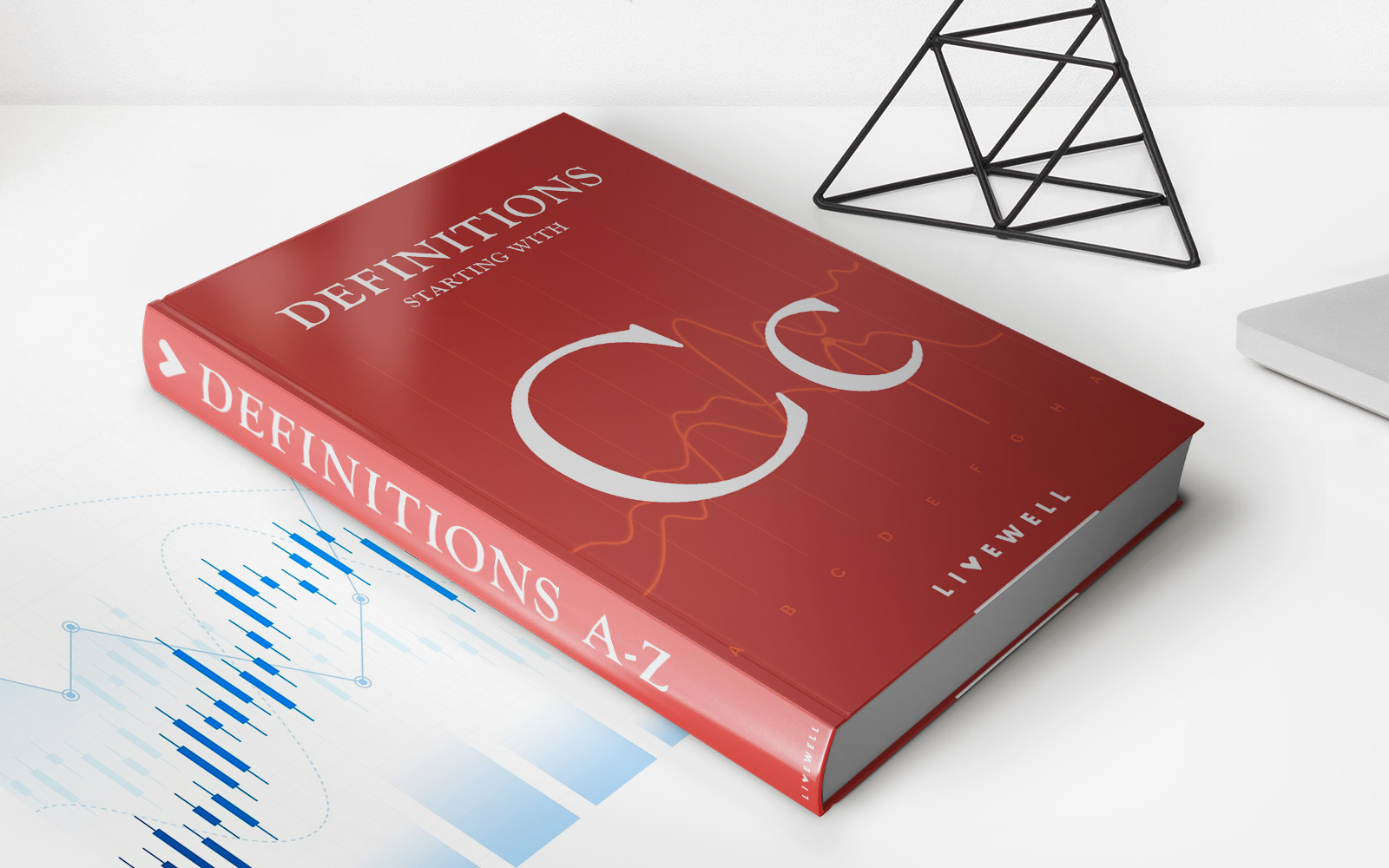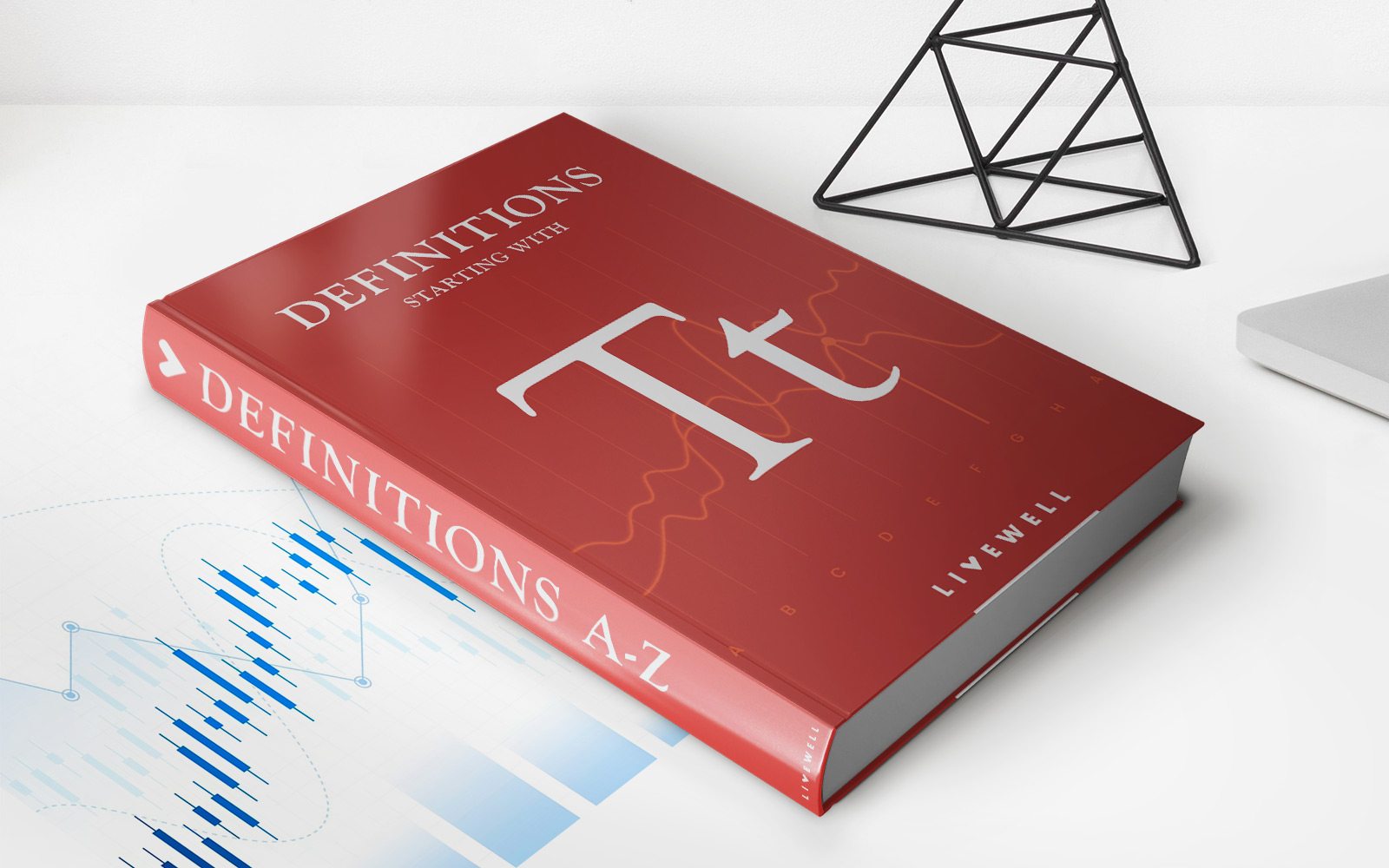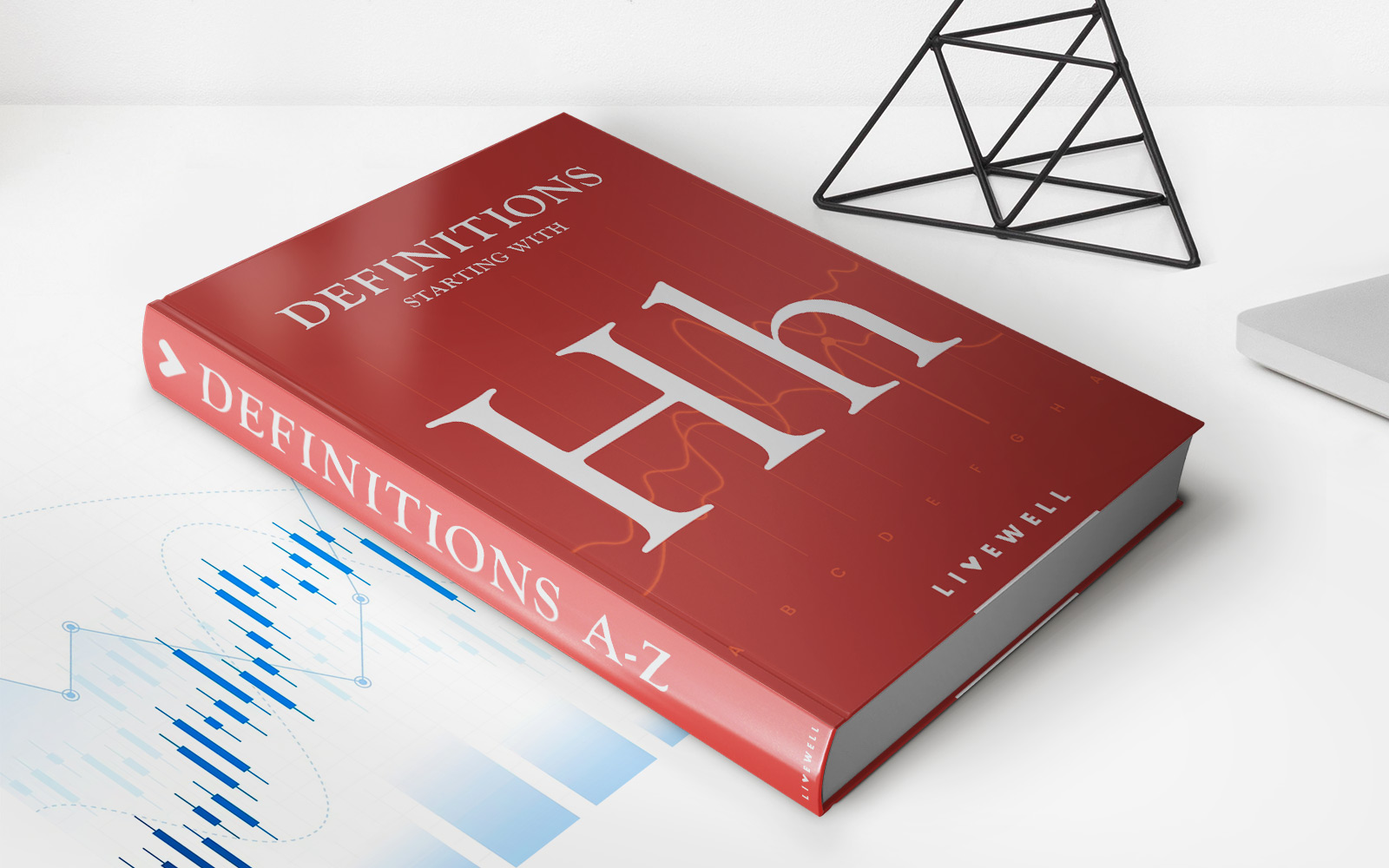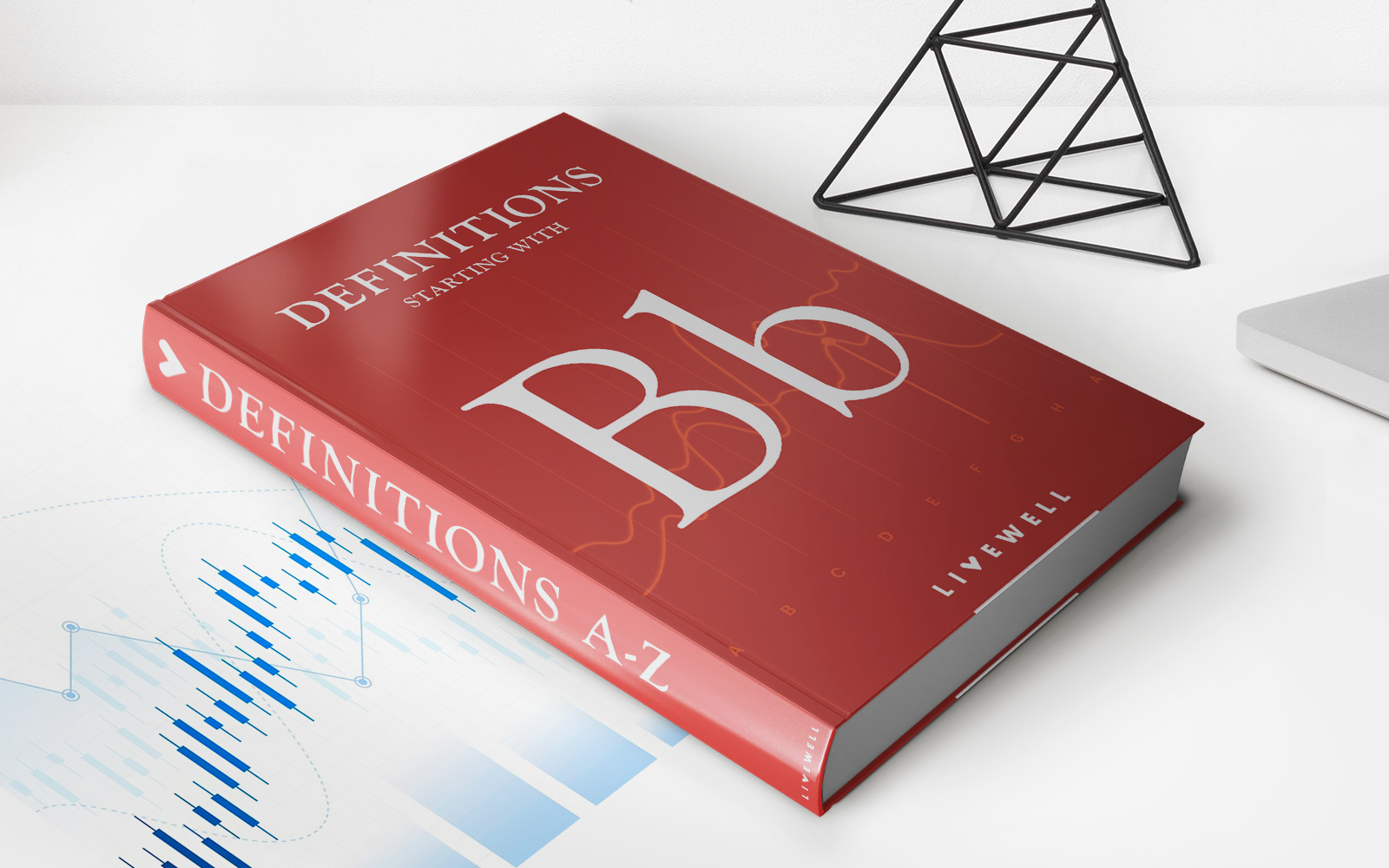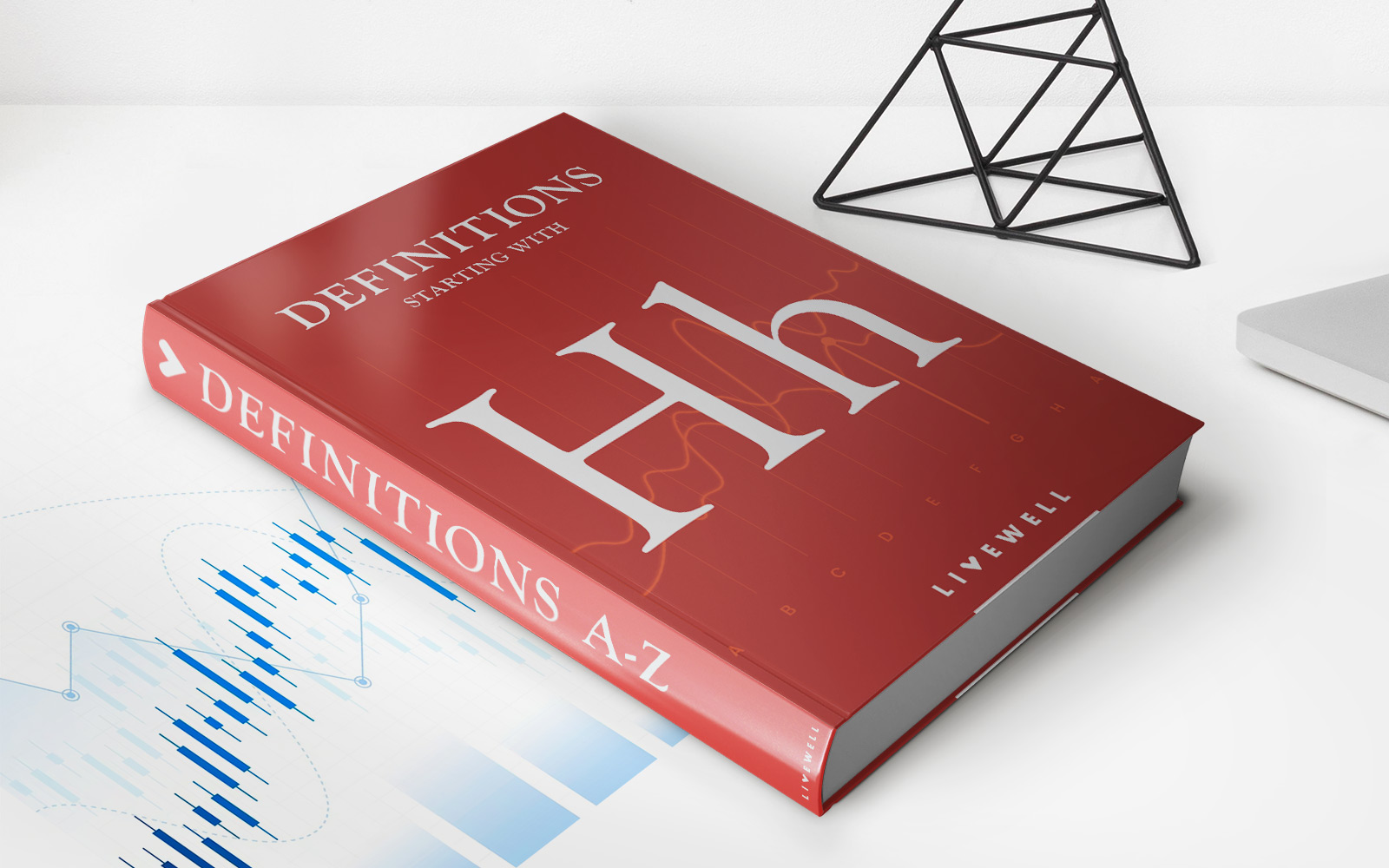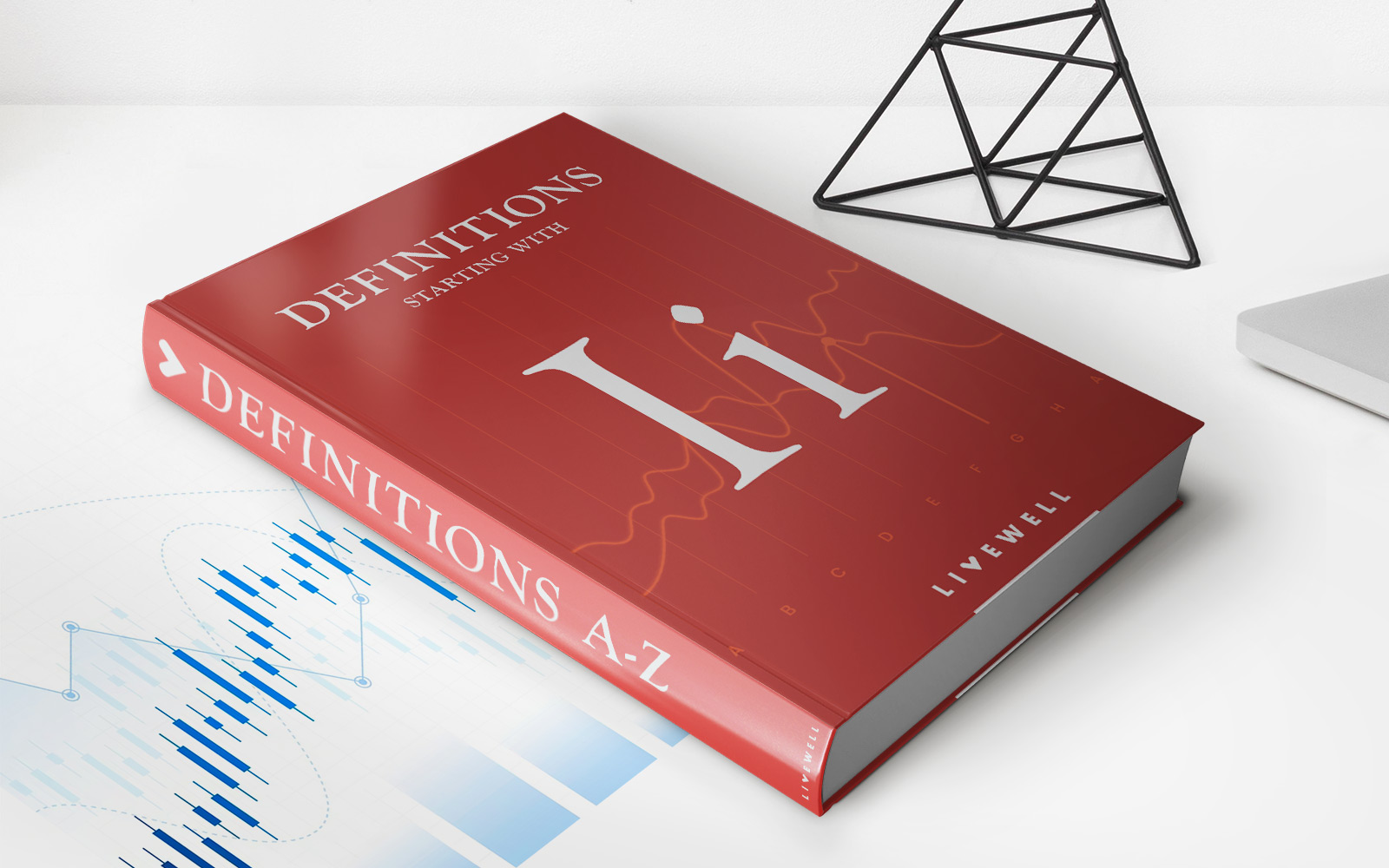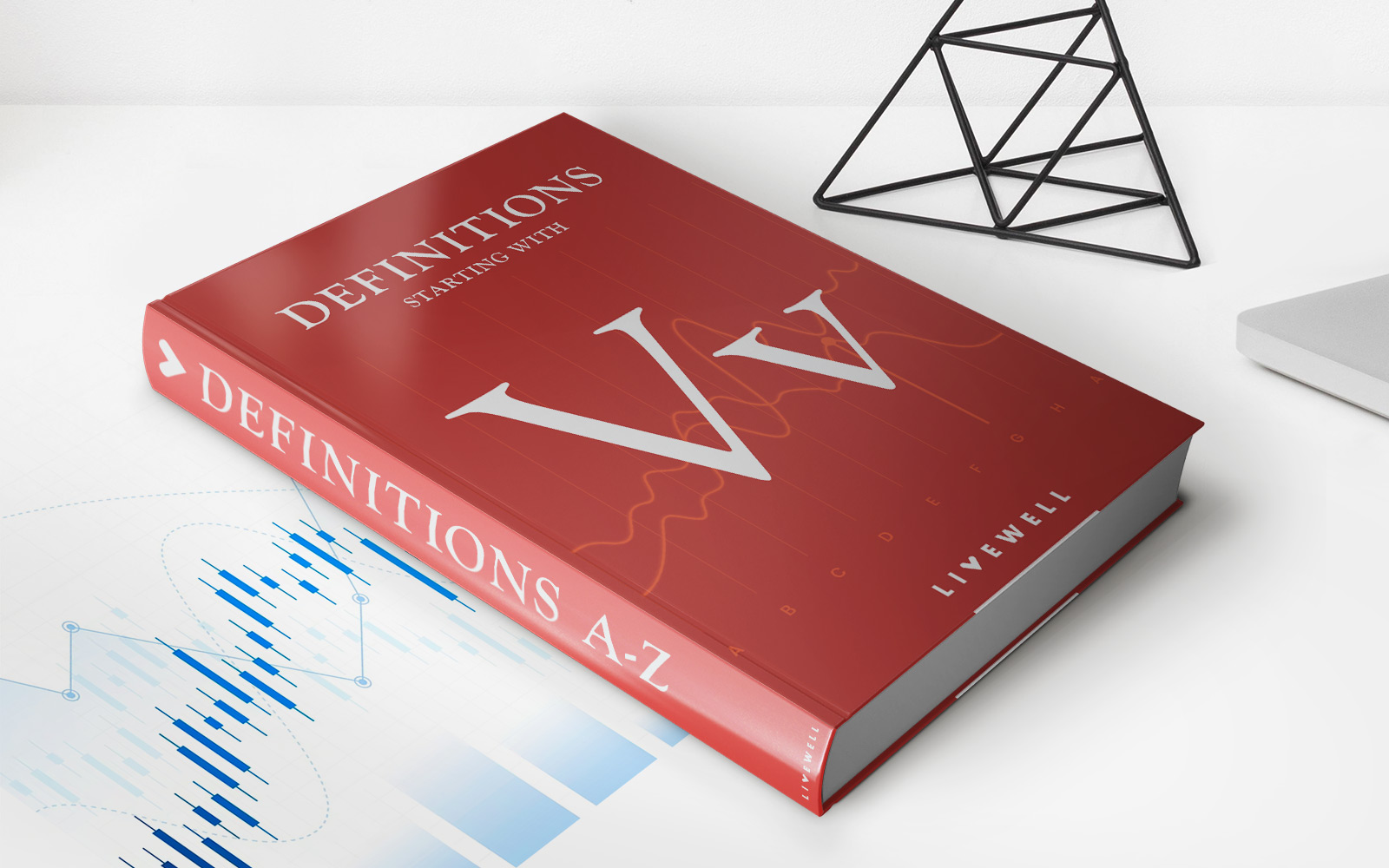Home>Finance>Duration Definition And Its Use In Fixed Income Investing
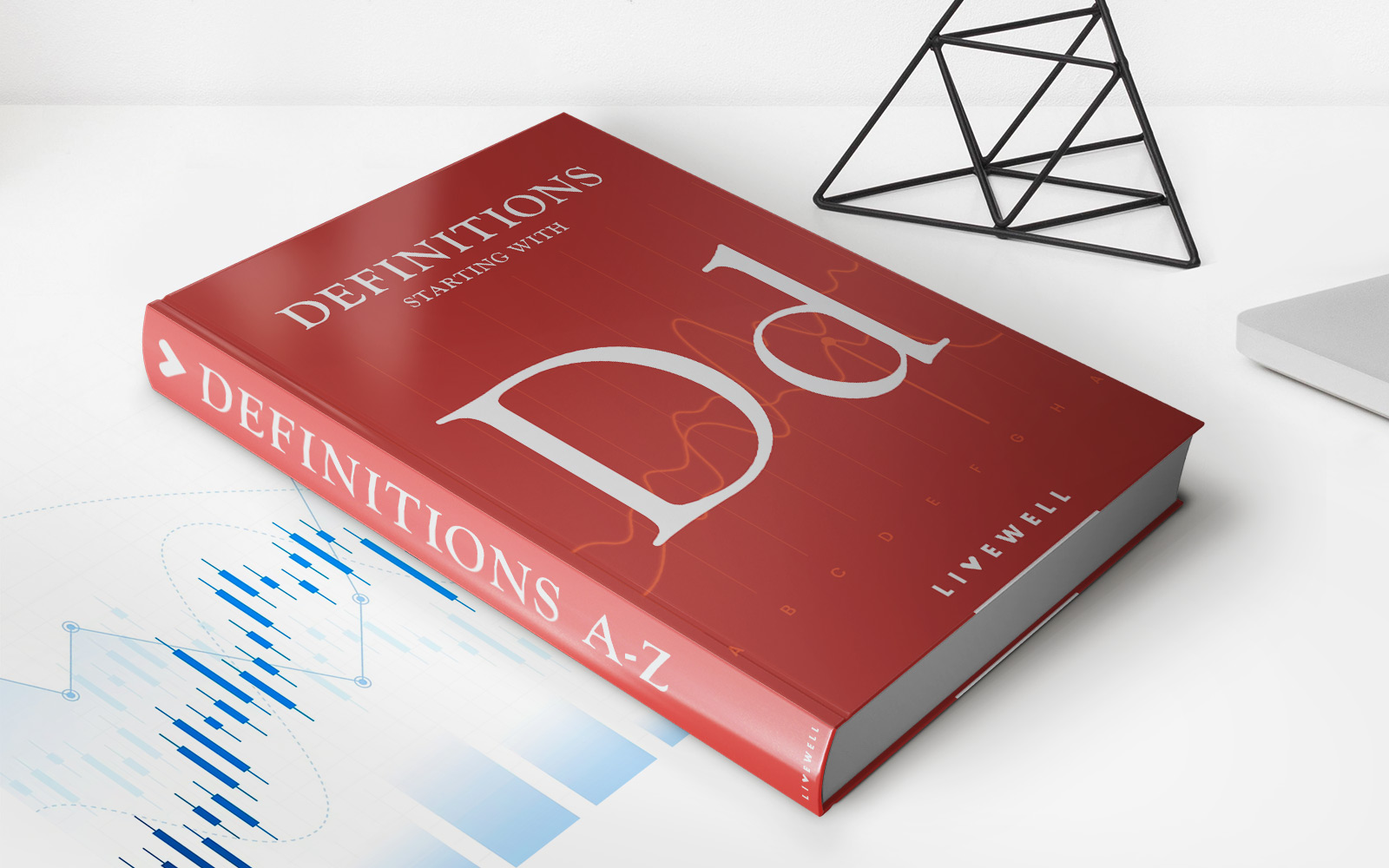

Finance
Duration Definition And Its Use In Fixed Income Investing
Published: November 15, 2023
Learn the concept of duration and its application in fixed income investing. Explore how duration helps in assessing interest rate risk and making informed financial decisions in the field of finance.
(Many of the links in this article redirect to a specific reviewed product. Your purchase of these products through affiliate links helps to generate commission for LiveWell, at no extra cost. Learn more)
Duration Definition and Its Use in Fixed Income Investing
Welcome to our Finance category! In today’s blog post, we will be diving into the world of fixed income investing and exploring an important concept known as duration. If you’re a beginner in the world of finance or looking to expand your knowledge, this is the perfect place to start.
Key Takeaways:
- Duration is a measure of a bond’s sensitivity to interest rate changes.
- Understanding duration can help investors make informed decisions when managing their fixed income portfolios.
Before we dive into the nitty-gritty details, let’s answer a fundamental question: What exactly is duration? In simple terms, duration is a measure of a bond’s sensitivity to changes in interest rates. It helps investors understand how much the price of a bond is likely to change when interest rates fluctuate.
As interest rates rise, the price of a bond typically falls, and vice versa. However, not all bonds react equally to interest rate changes. This is where duration comes into play. By calculating the duration of a bond, investors can gauge the potential impact of interest rate movements on its price.
Now, let’s explore how duration can be used in fixed income investing:
1. Managing Interest Rate Risk
One of the primary uses of duration is to manage interest rate risk in a fixed income portfolio. Duration provides an estimate of the percentage change in a bond’s price for a 1% change in interest rates. By having a clear understanding of the duration of each bond in their portfolio, investors can ensure they are appropriately positioned to mitigate potential losses caused by interest rate fluctuations.
For example, suppose an investor holds a bond with a duration of 5 years. If interest rates were to rise by 1%, the bond’s price would be expected to decrease by approximately 5%. Armed with this knowledge, investors can make informed decisions about adjusting their positions to protect their portfolios from potential market volatility.
2. Comparing Investments
Duration can also be used to compare different fixed income investments. By comparing the durations of various bonds or bond funds, investors can assess which options are more or less sensitive to changes in interest rates. Additionally, duration can help investors build portfolios that align with their risk tolerance and investment objectives.
It’s worth noting that duration is not the only factor to consider when making investment decisions. Other factors such as credit risk, yield, and maturity should also be taken into account. However, duration provides valuable insights into the potential risks and returns associated with fixed income investments.
In conclusion, duration is a crucial concept in fixed income investing. By understanding duration and its applications, investors can make more informed decisions when managing their portfolios. So, whether you’re a seasoned investor or just starting, be sure to consider duration in your fixed income investment strategy.
